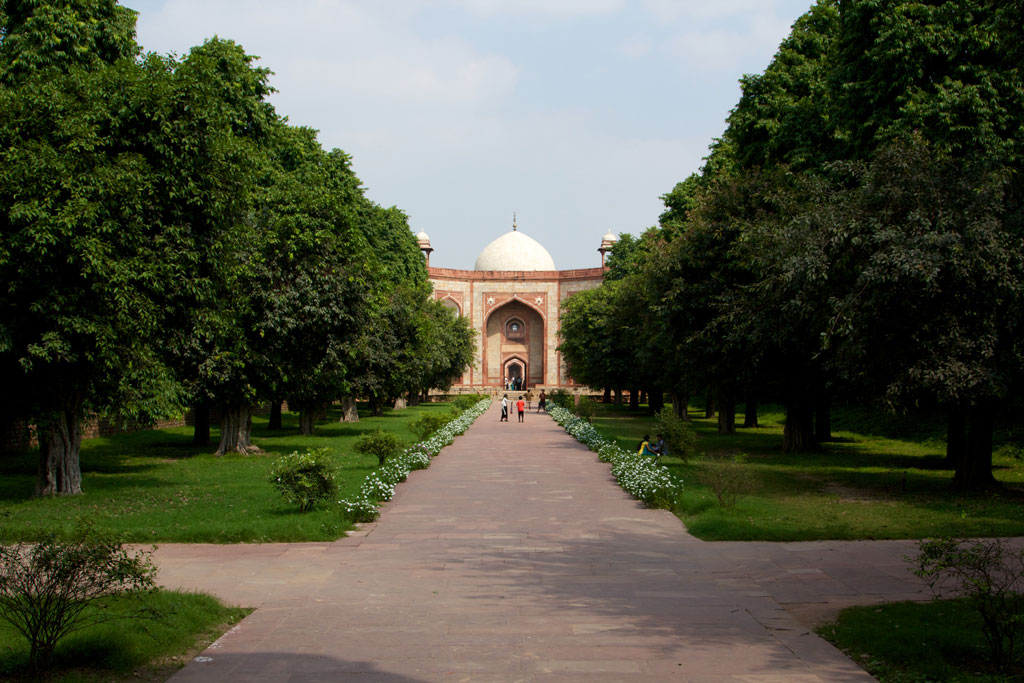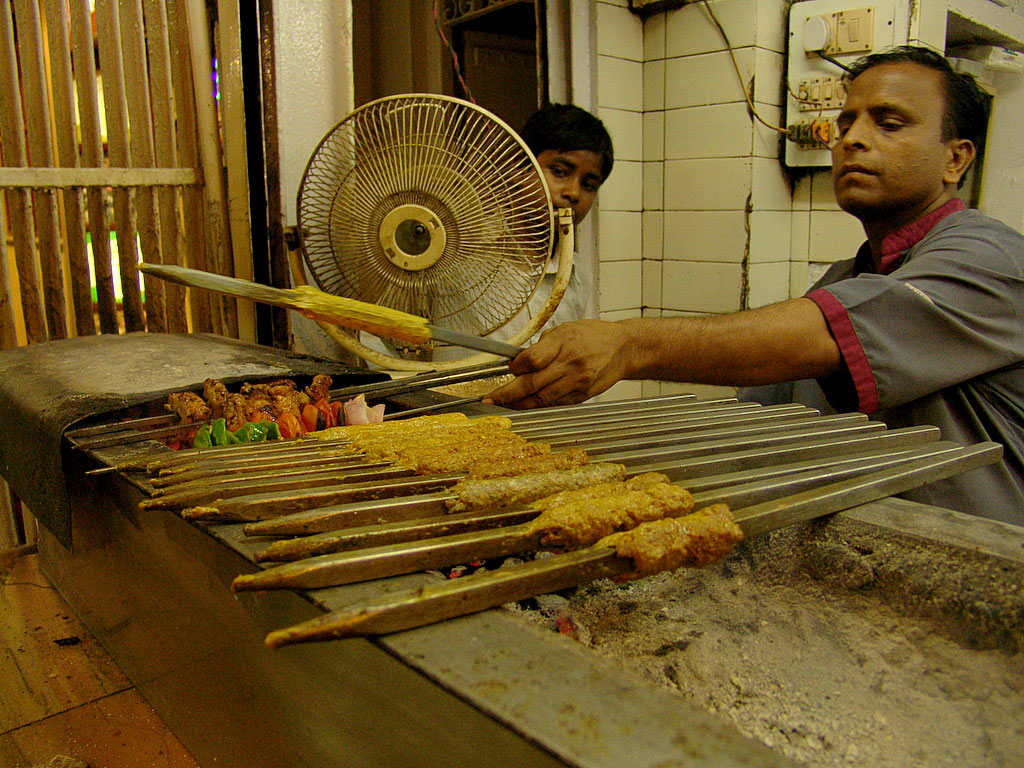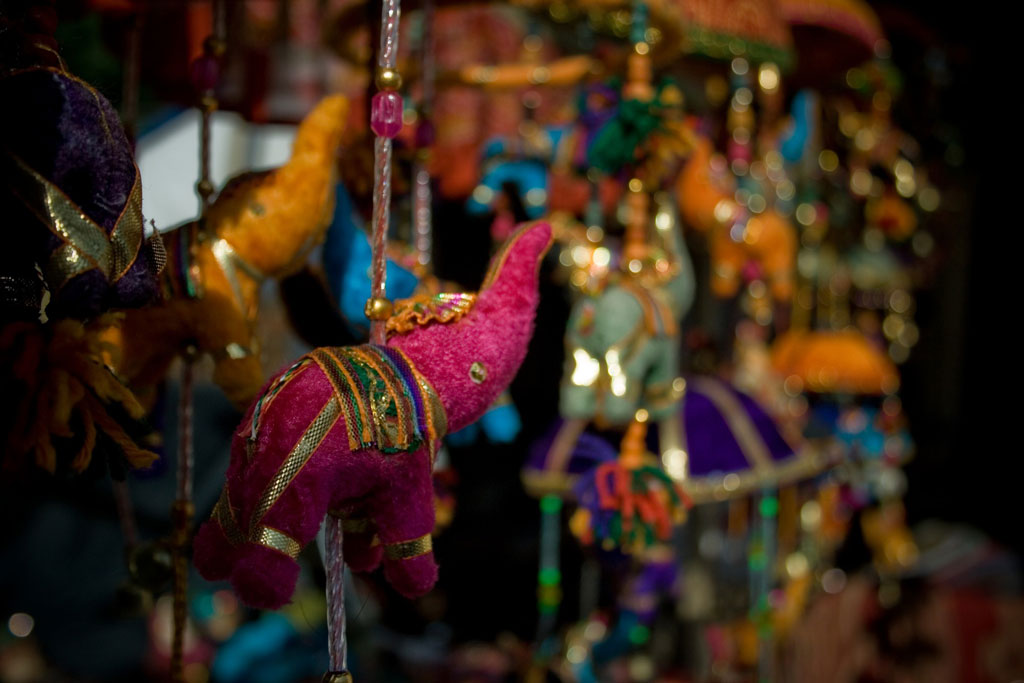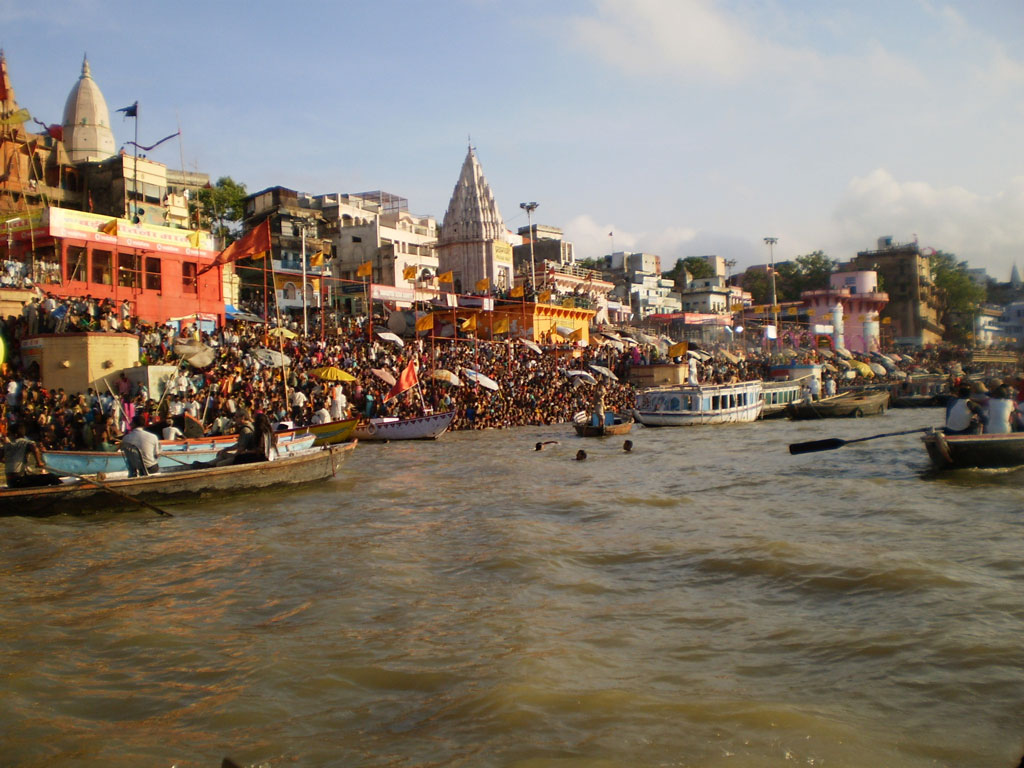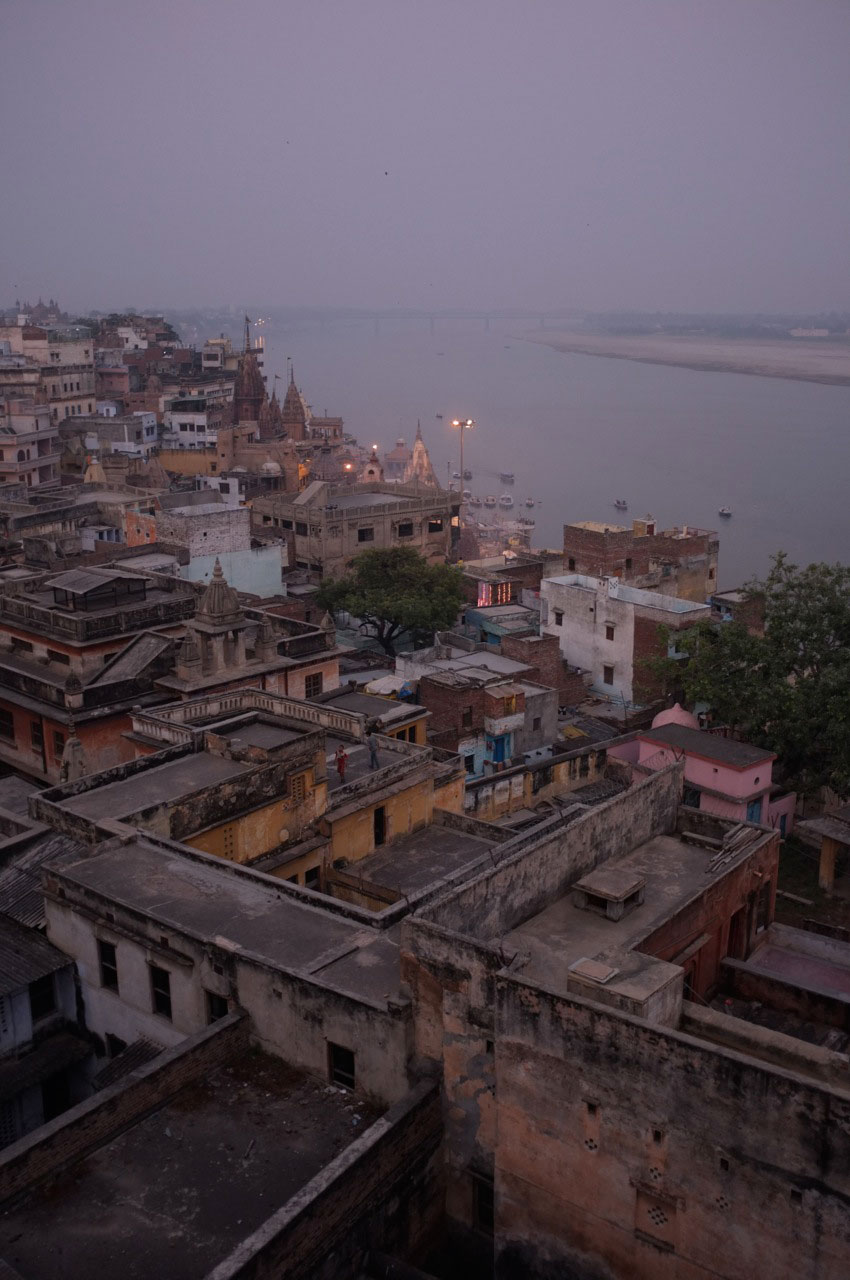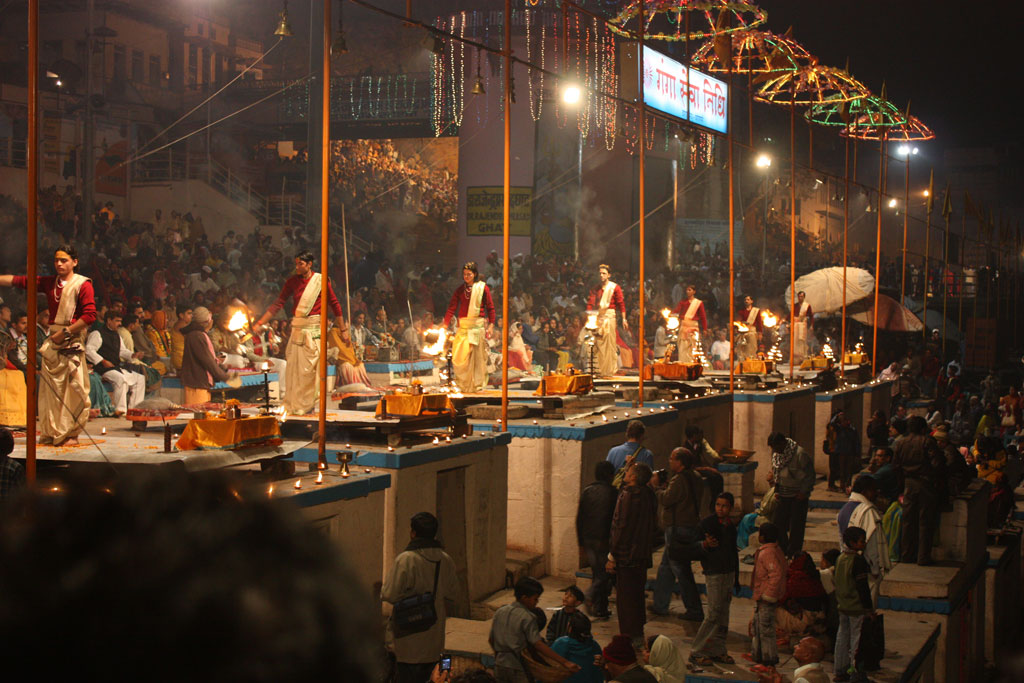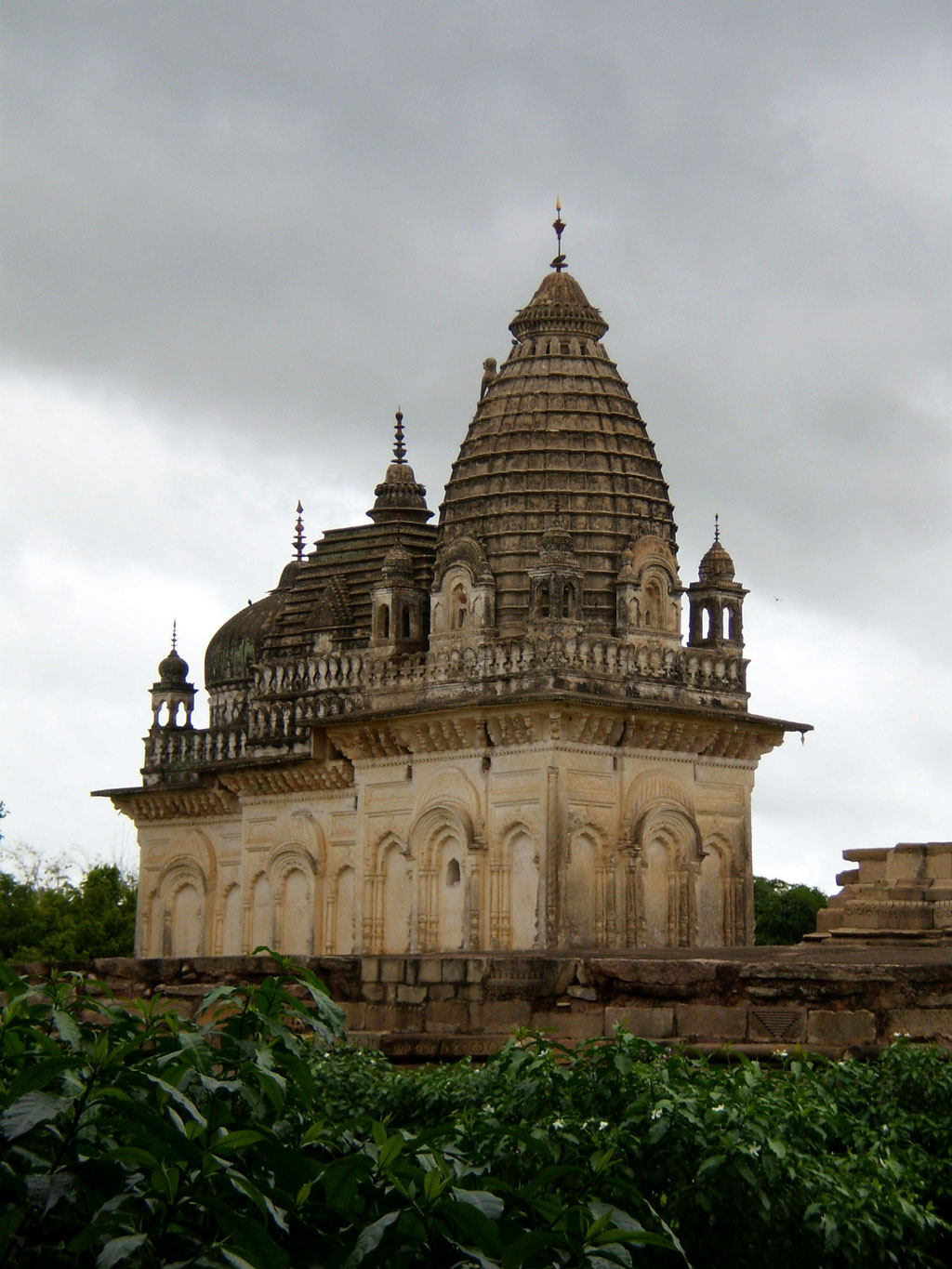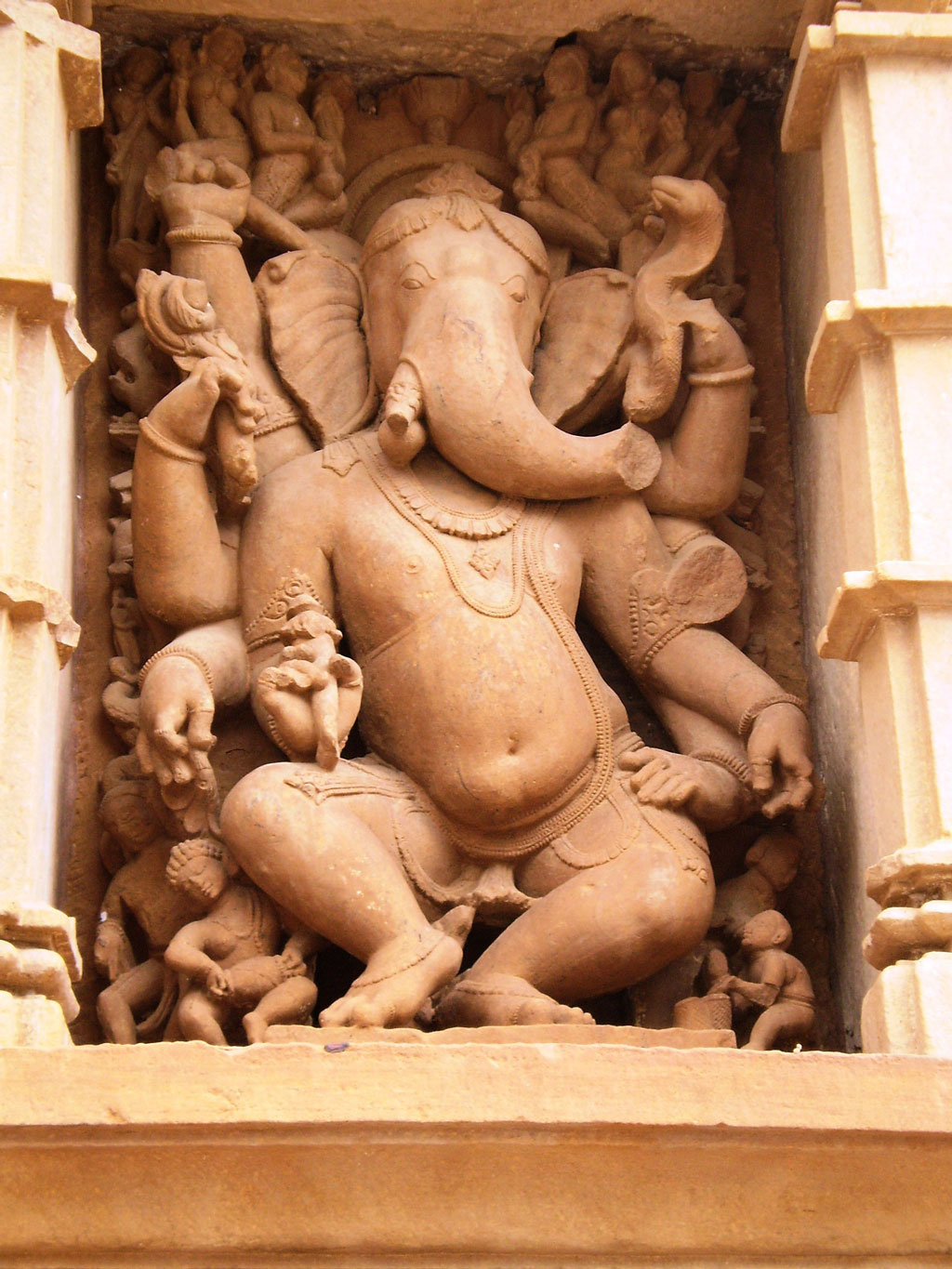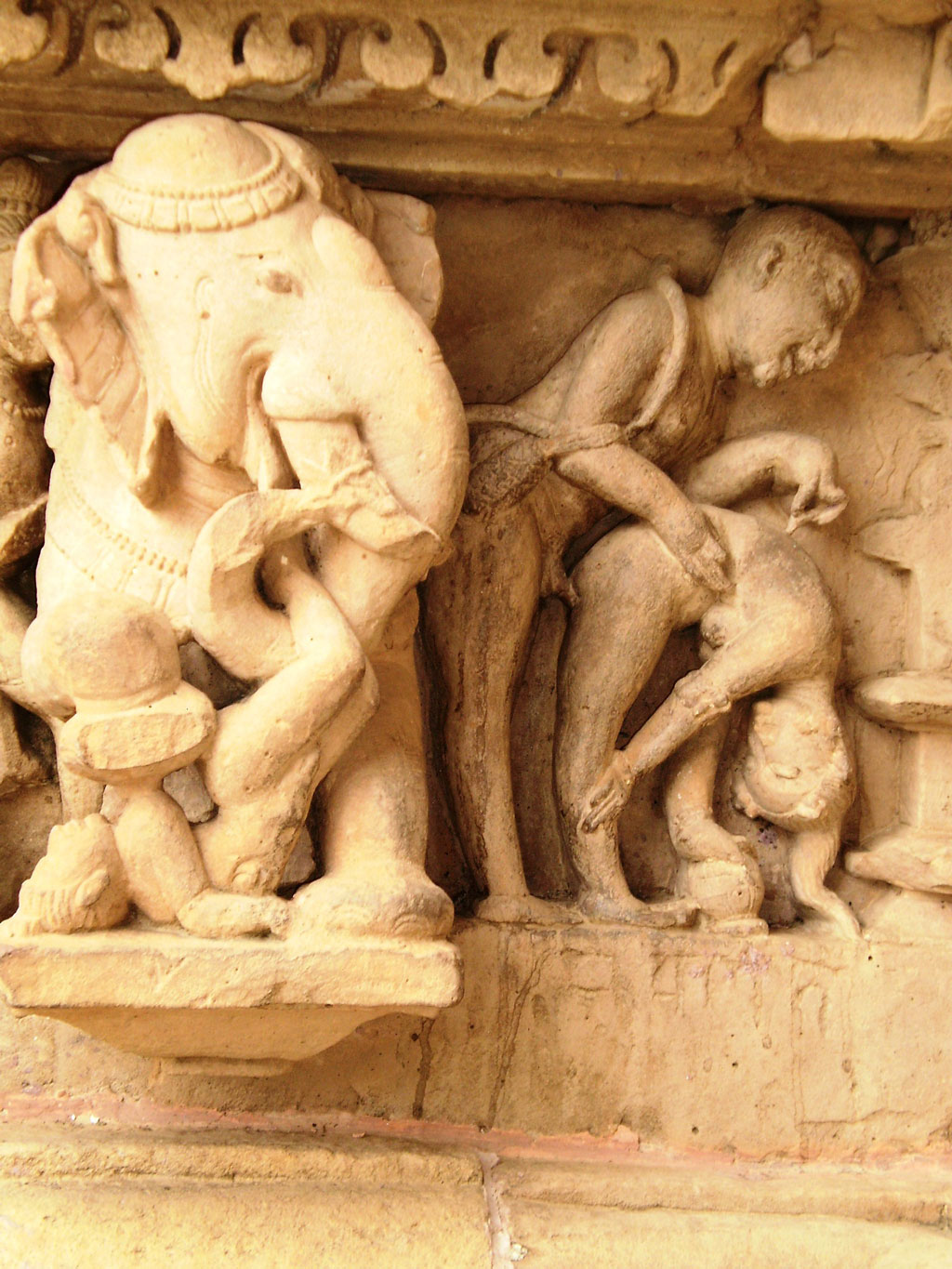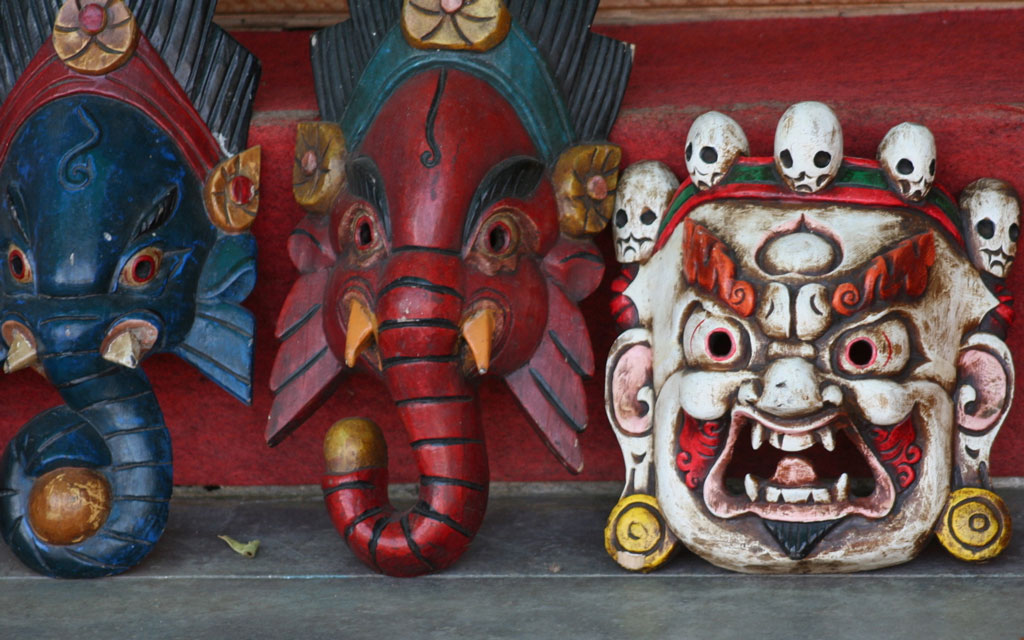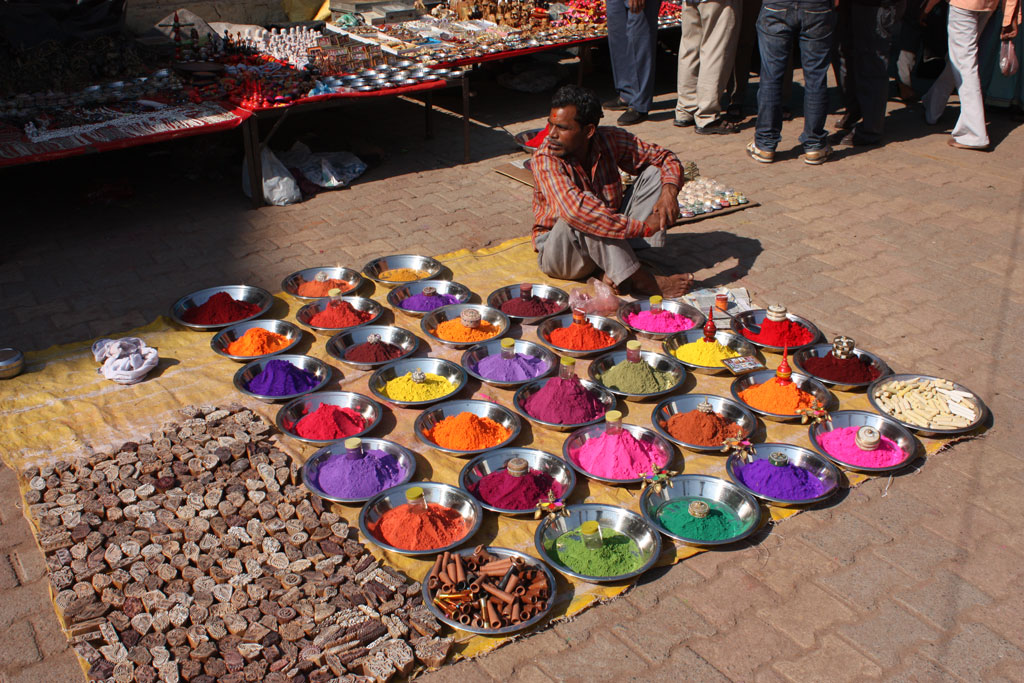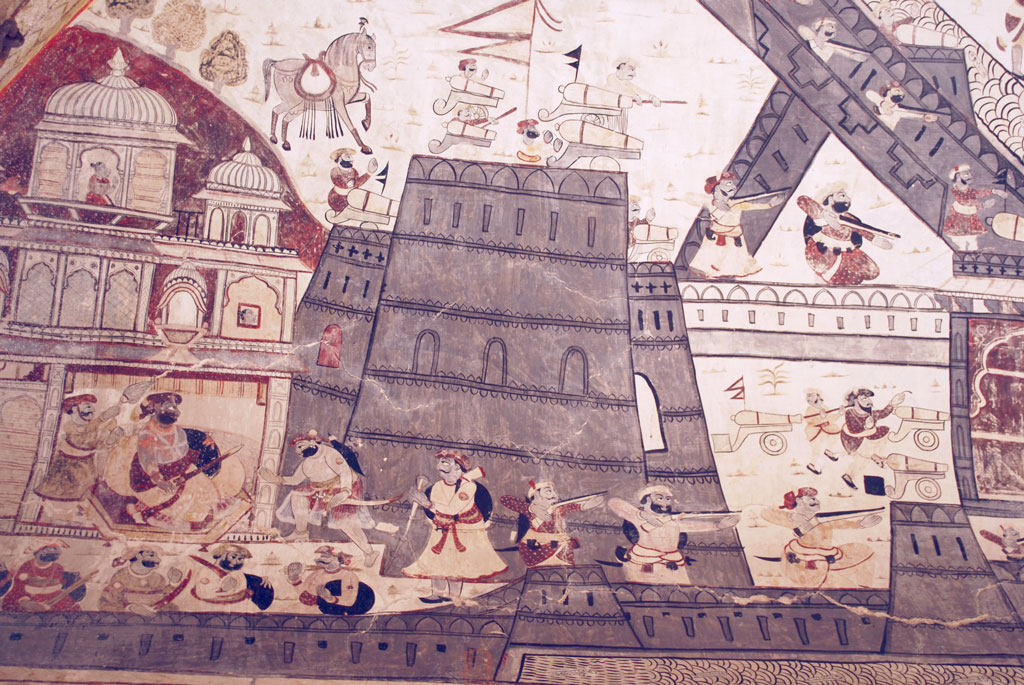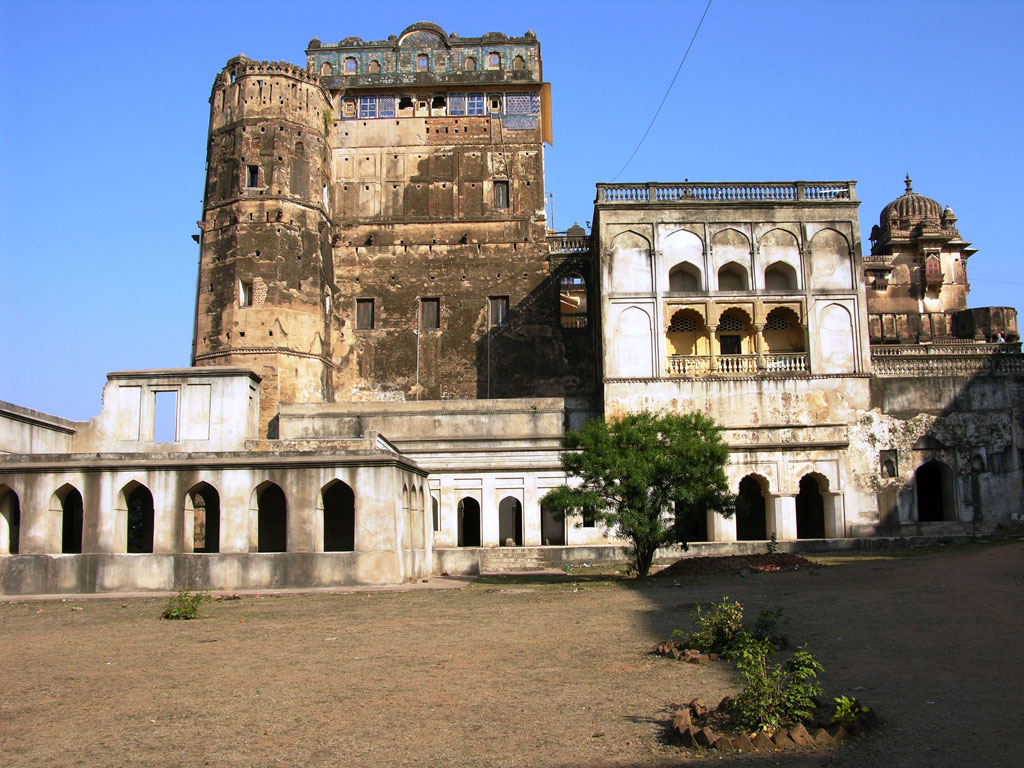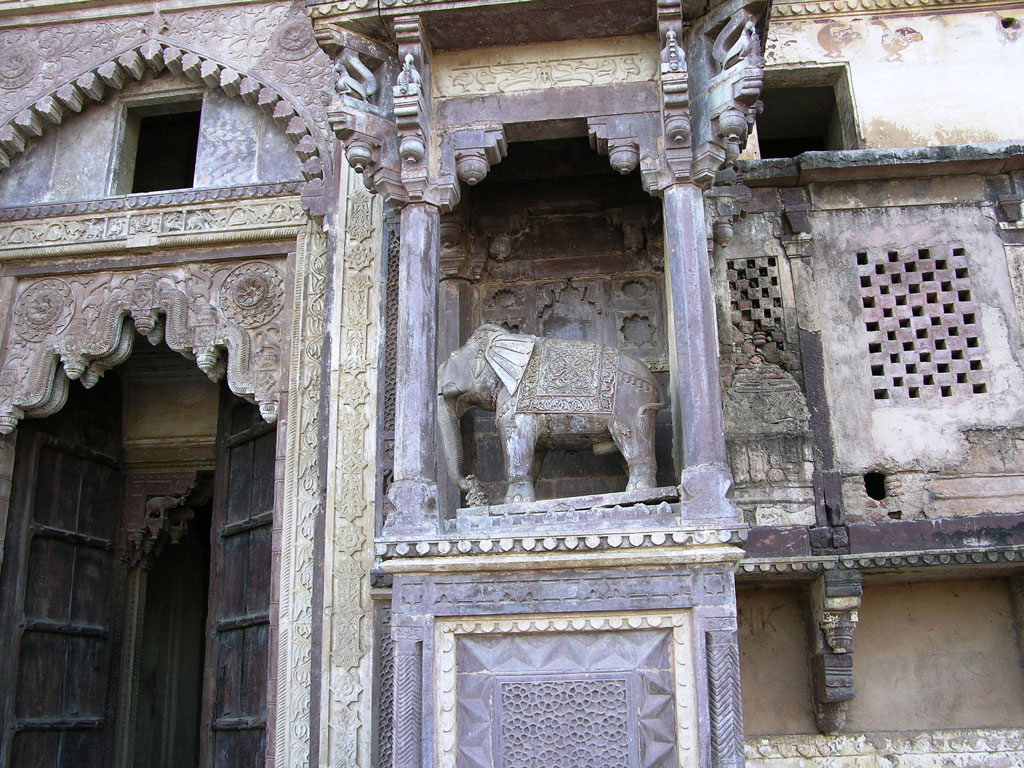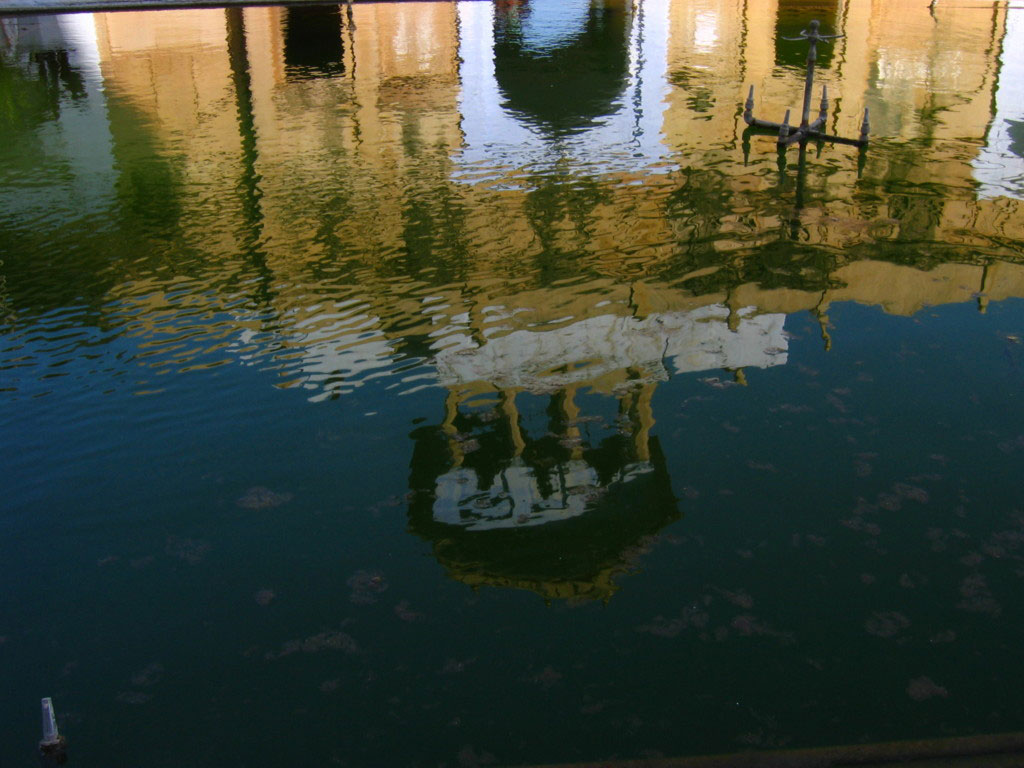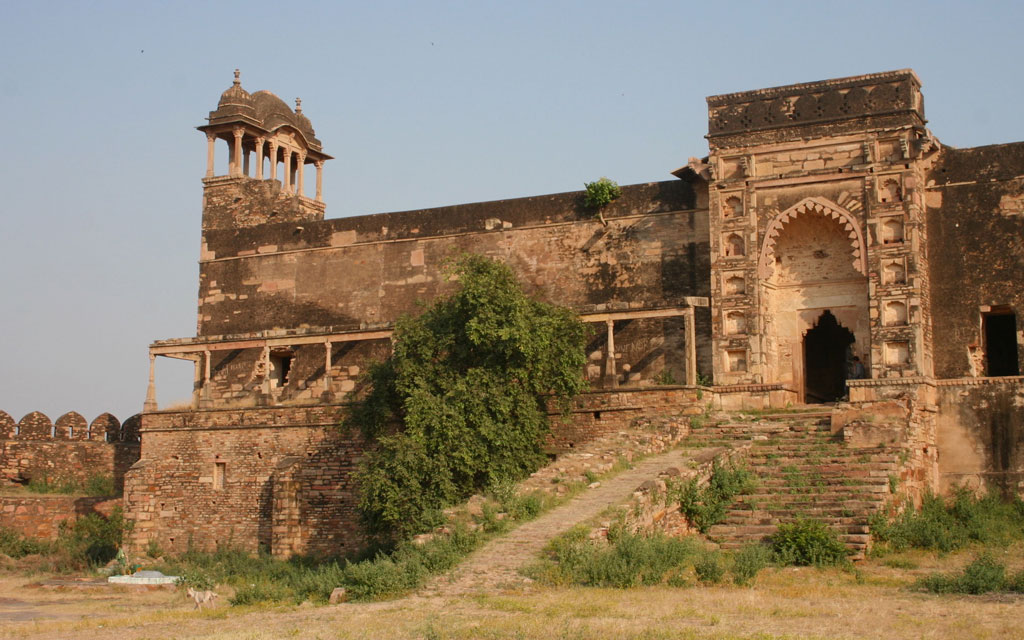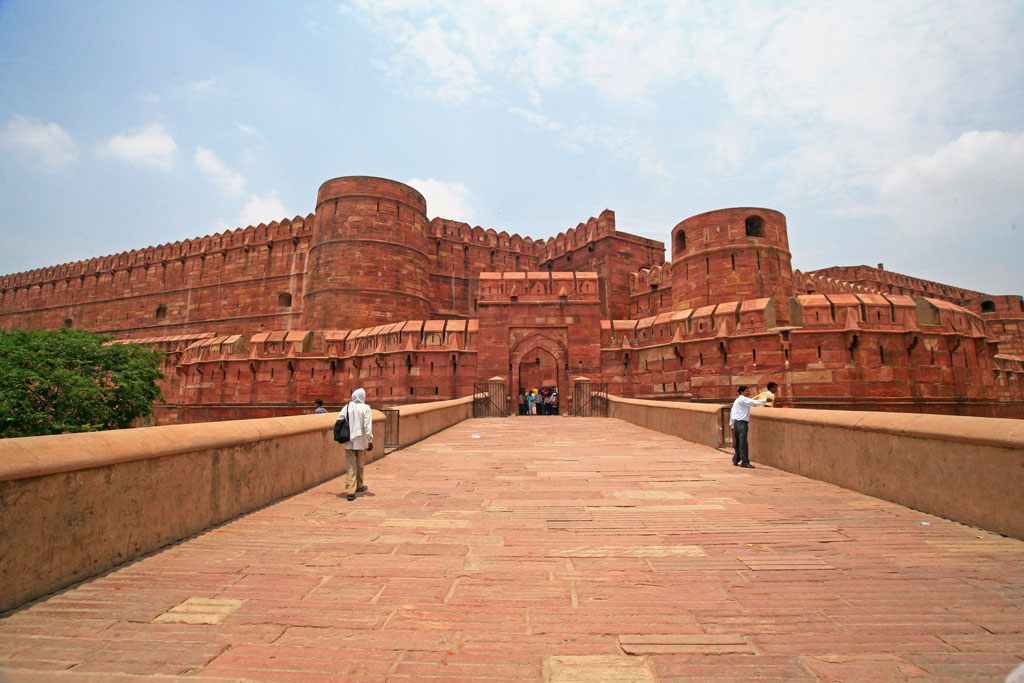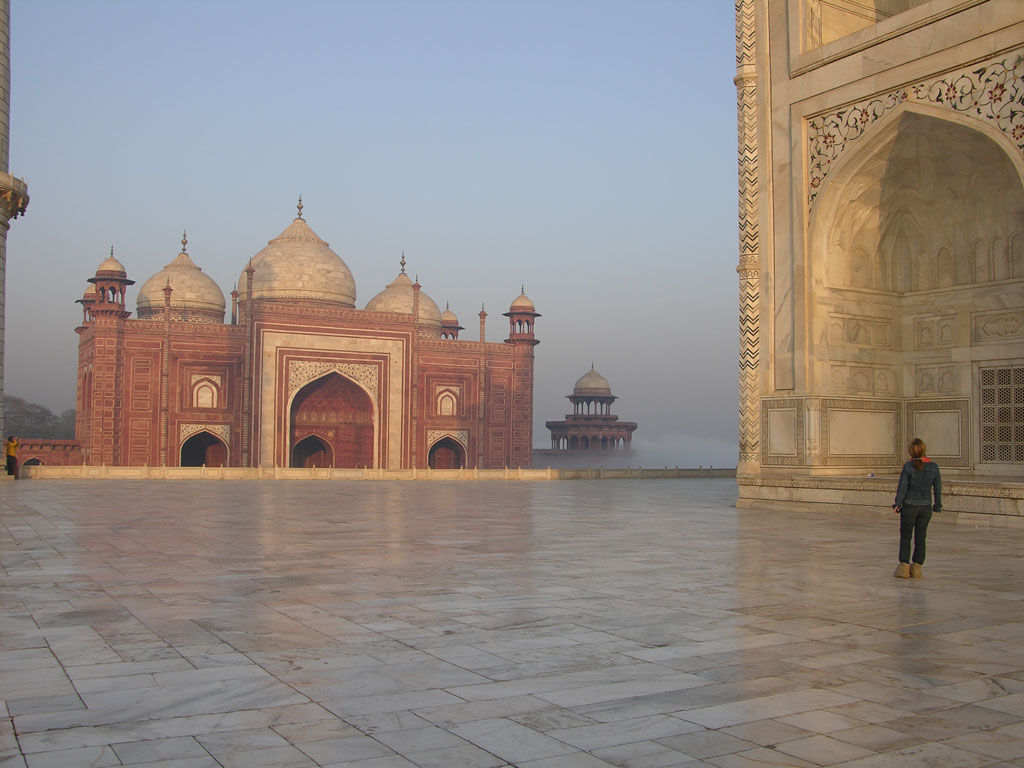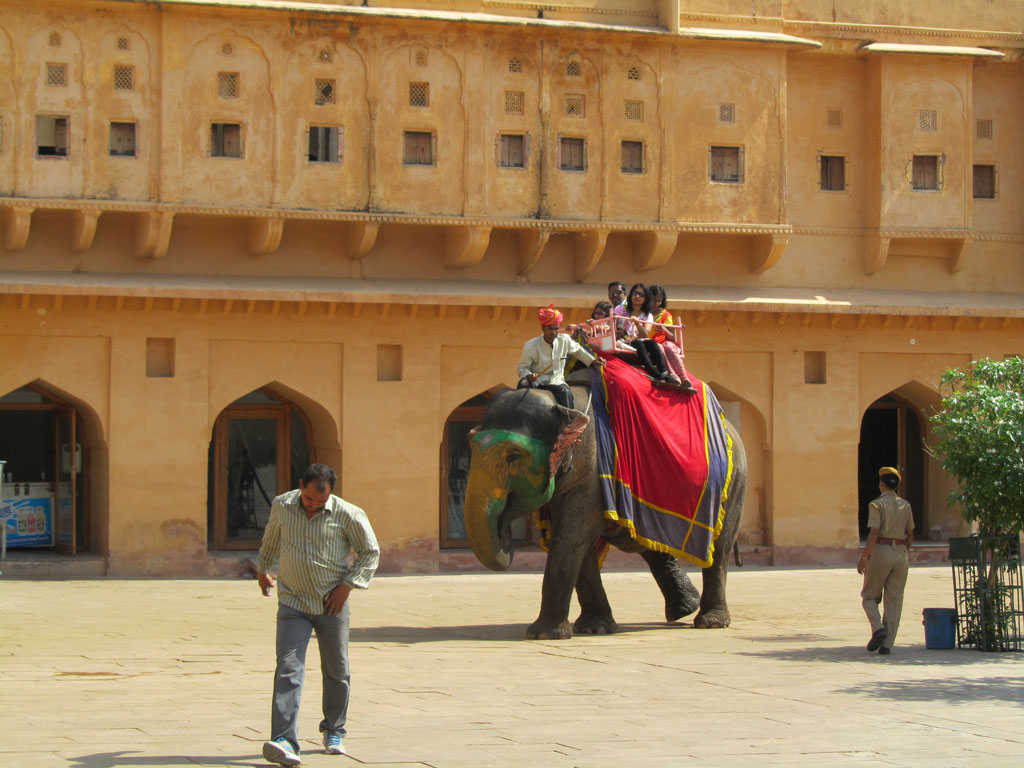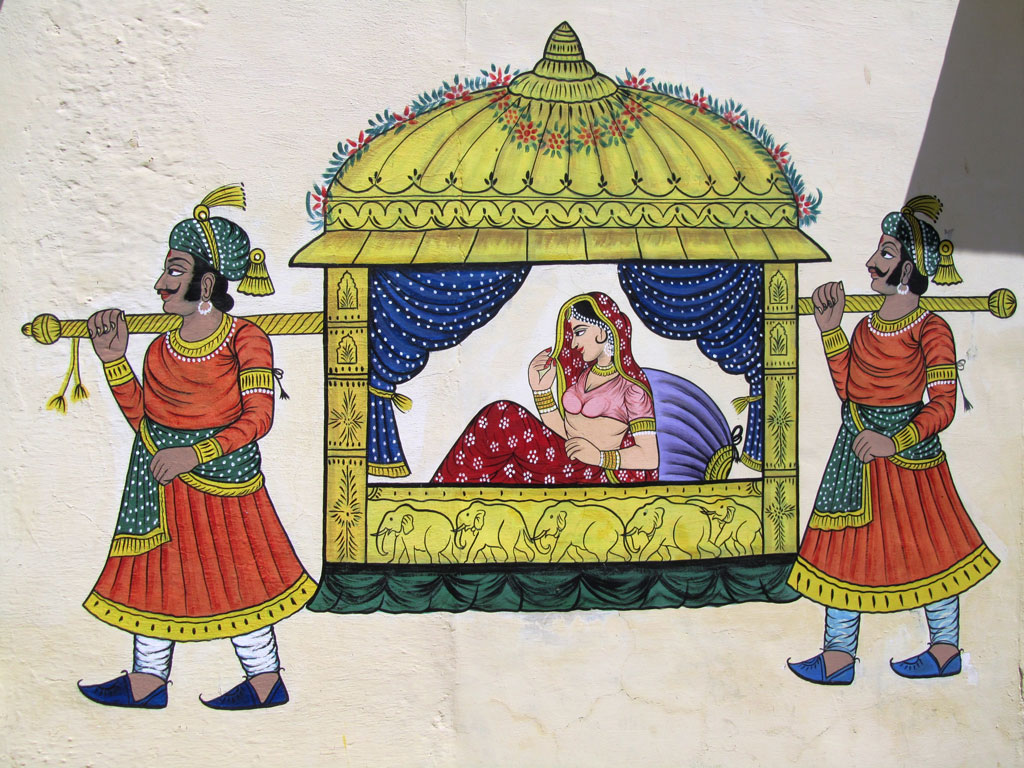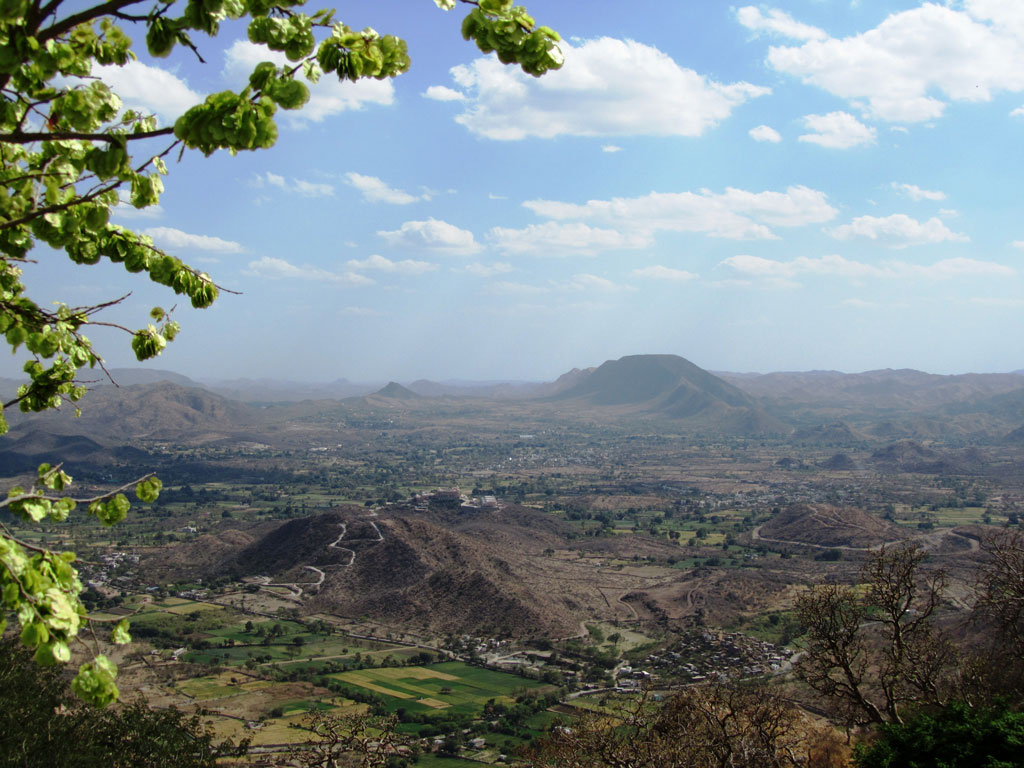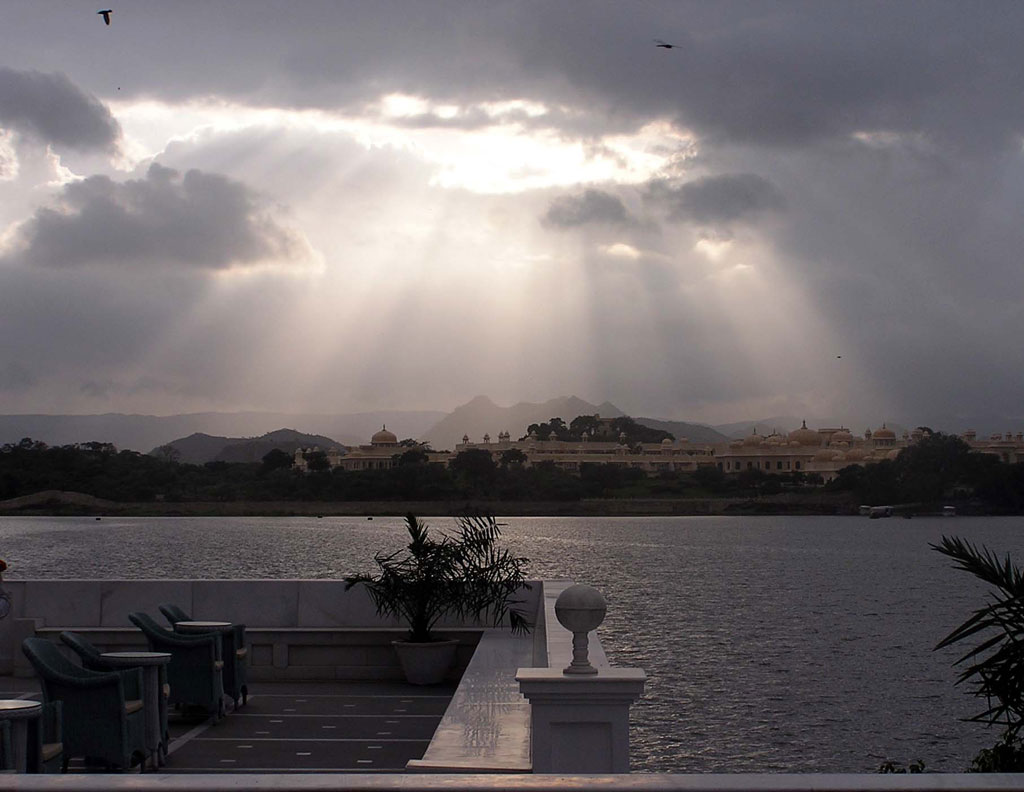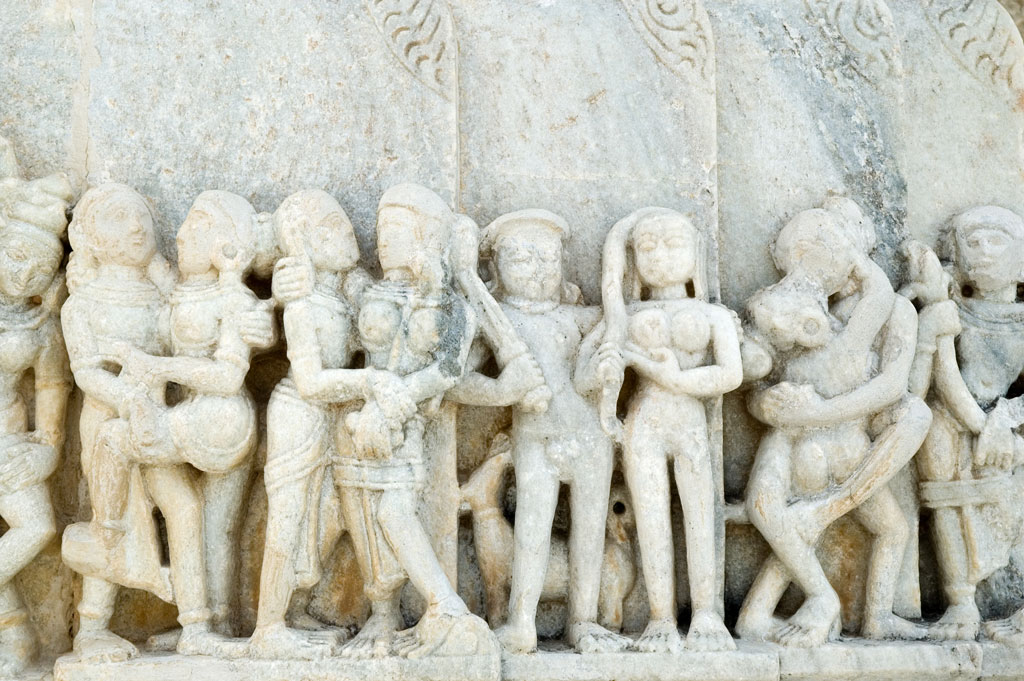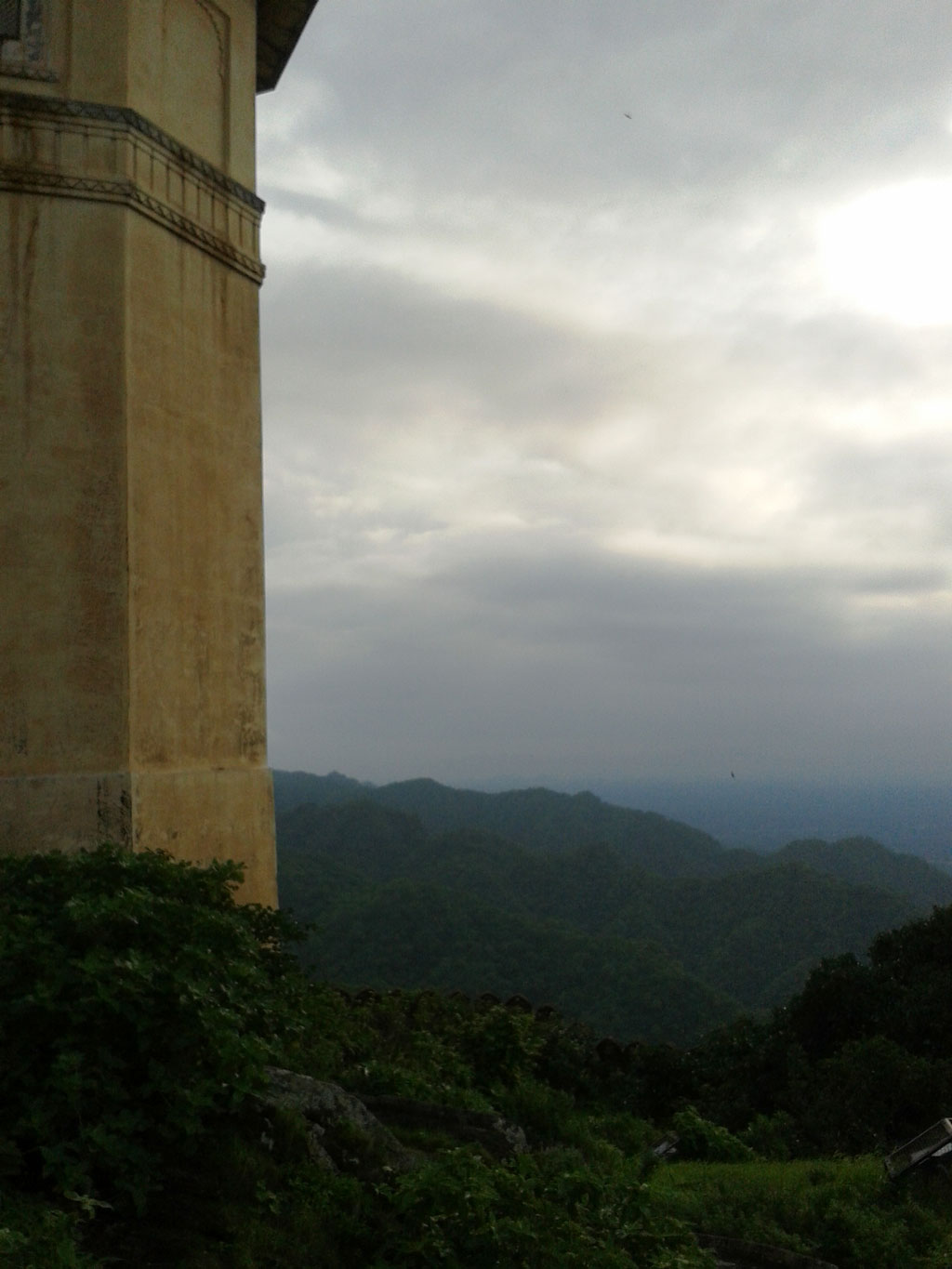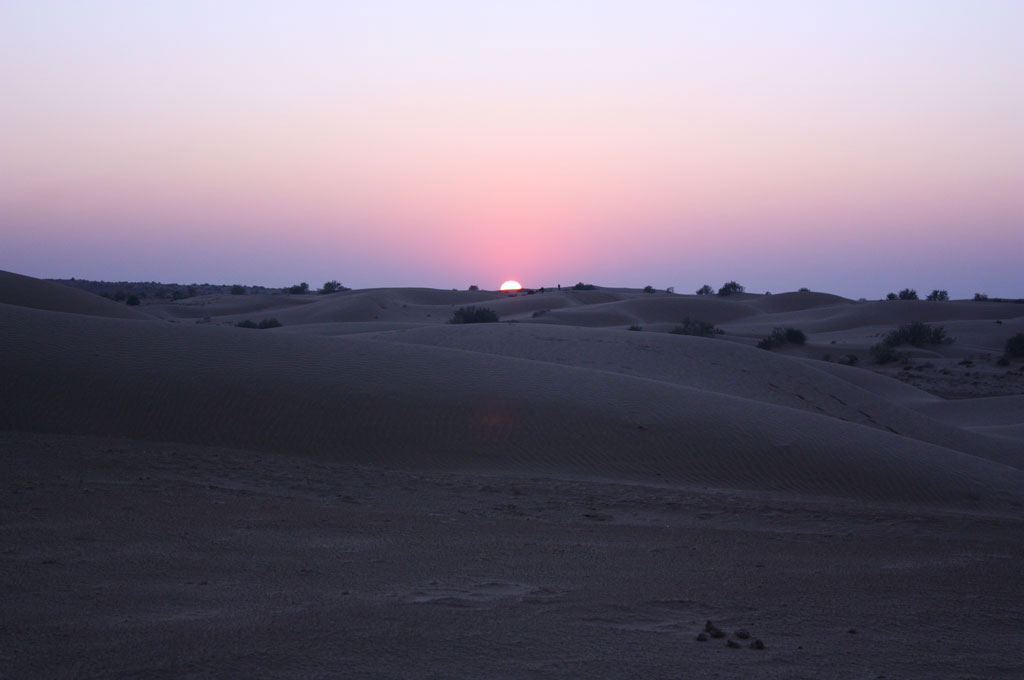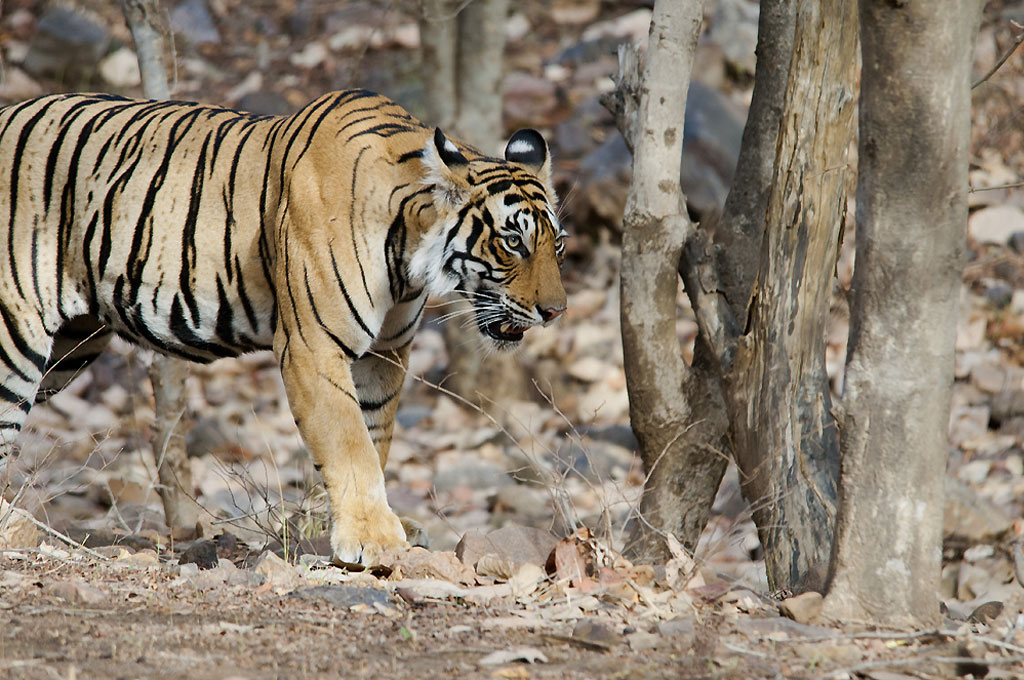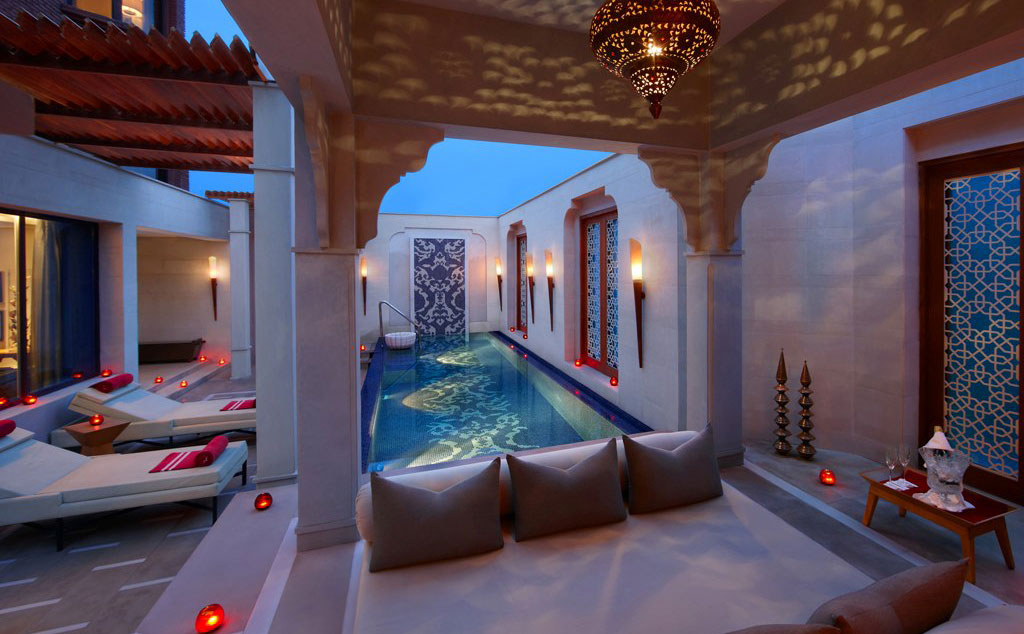Jewels of India: Destination Guide
On this itinerary, you'll travel through three Indian states- Uttar Pradesh, Madhya Pradesh and Rajasthan. Each of these has its own distinct geography and cultural flavour. From India's modern capital to one of the oldest cities on earth, to the spectacular Taj Mahal and the Pink City; with a liberal dose of temples, sculptures, palaces and forts all along the way. Here's some extra information to guide you through your tour.
DELHI really has seen it all: from having been the ancient walled Mughal city to the capital of the British Raj, to present-day India's largest metropolis. It retains its old historical charm and is at the same time a modern wonder with high-rise buildings, huge shopping malls and busy streets. Some parts look like overgrown villages and small towns while other areas have posh hotels, restaurants and sleek art centres. Below are some of the sights to see.
Dilli Haat
This is a village market and a cultural hub in the commercial centre of South Delhi that showcases a wide assortment of Indian culture, handicrafts and ethnic cuisines. The market is organised and clean, with places to sit. Each Indian state has its own handicraft shops and food stalls.
Chandni Chowk
Now here's a market that's more, shall we say, intense. This is an authentic Indian bazaar, Delhi's oldest and busiest, and is located in the old part of the city. It's a wholesale market and it sells pretty much everything. The Delhi metro goes to Chandni Chowk and is a good way to get there while avoiding traffic.
Connaught Place
Is the more modern shopping area, full of designer stores and gourmet restaurants.
Red Fort
The Red Fort was built in 1639 by Shah Jahan, the Mughal emperor who also constructed the Taj Mahal. It's open to visitors from sunrise to sunset, after which there's a one hour sound and light show on the historical significance of the fort and events in India history connected with it.
Qutub Complex
The complex houses some ancient and highly arresting structures, including the Iron Pillar and the imposing Qutub Minar, the world's tallest free standing brick minaret.
The tomb of Emperor Humayun
Humayun was the second Mughal emperor, the son of Babur the Great. His tomb is a fine example of the red sandstone and white marble construction that best exemplifies Mughal architecture.
Jama Masjid
The largest mosque in India, behind which you can find Kareem's- a famous restaurant that specializes in meat and kebabs.
Purana Qila
Literally meaning 'Old Fort', the Purana Qila is truly ancient, the oldest structure in Delhi, with the site having its roots in the mythology of the Mahabharata. The sound and light show here is perhaps the best in the country.
VARANASI once known as Benares and Kashi, is a very sacred place for Hindus. It's also one of the oldest continuously inhabited cities in the world. In many ways Varanasi epitomizes the very best and worst aspects of India, and it can be a little overwhelming. However, the scene of pilgrims doing their devotions in the River Ganges at sunrise set against the backdrop of the centuries-old temples is probably one of the most impressive sights in the world; definitely a must-see destination on any trip to northern India.
KHAJURAHO a favourite stop on the Delhi-Agra-Varanasi circuit, Khajuraho is world-famous for its intricately carved sandstone temples. Hewn over the course of a century, the temples of the Chandela dynasty are perhaps the finest examples of the Indo-Aryan style of temple architecture in all of India. Topped by graceful shikharas (towers), the Khajuraho temples are covered in a panoply of carvings, many depicting couples in graphic amorous tangles from the Kamasutra. There are also carvings of sensual surasundaris (nymphs) and apsaras (celestial dancing girls). The temples are grouped into three clusters, set around a series of ponds. To reach the monuments, visitors run a gauntlet of would-be guides, but the artistic brilliance of the temples more than compensates for the hassles. When not admiring temples, visitors can enjoy yoga and Ayurvedic treatments and a handful of intriguing museums, or day trip to the nearby Panna National Park.
ORCHHA visiting the town of Orchha is like taking a trip back in time. The charm of the place lies in walking through its ancient temples and forts, in varying degrees of ruination. The experience is a little eerie and very beautiful. Among the places to visit is the Jahangir Mahal, a wonderful example of classical Mughal architecture. Then there's the Raj Mahal, replete with exquisite stone grilles and murals, and the Rai Parveen Mahal, a palace built for a court musician and poet of enchanting beauty. Next is the Lakshmi Narayan Temple, a unique structure decorated with elaborate frescoes. These portray mythological scenes as well as events from the 1857 uprising against the British Raj. And then there's the Phool Bagh, which was the summer palace of the erstwhile Orchha kings. The garden has a rather imaginative water system involving large 'cooling towers'.
GWALIOR offers an amalgam of Jain, Hindu and Mughal architecture. Dating back to the 8th Century, Gwalior has seen many dynasties come and go. It was also a great cultural centre where musicians like Tansen and Baiju Bawra vied for royal patronage. Even today, the Gwalior gharana is one of the most respected traditions of Indian classical music and the Tansen Samaroah, a musical concert held every year, attracts the best musicians. Standing on a steep mass of sandstone, Gwalior Fort dominates the city and is its most magnificent monument. A steep road winds upwards to the fort, flanked by statues of Jain Tirthankaras (enlightened beings) carved into the rock face. The magnificent outer walls of the Fort still stand, two miles in length and 35 feet high, bearing witness to its reputation for being one of the most invincible forts of India. Large enough to be called a city within a city, the complex houses a museum and some interesting temples. The Jai Vilas palace, current home of the erstwhile royal family in the heart of the city, offers a different kind of splendour. Some 35 rooms have been made into the Scindia Museum, and in these rooms, so evocative of a regal lifestyle, the past comes alive. Jai Vilas is an Italianate structure which combines the Tuscan and Corinthian architectural modes. The imposing Darbar Hall has two central chandeliers, weighing a couple of tonnes, and hung only after ten elephants had tested the strength of the roof. Ceilings picked out in gilt, heavy draperies and tapestries, fine Persian carpets, and antique furniture from France and Italy are features of these spacious rooms. Don't miss the silver train with cut-glass wagons which served guests as it chugged around on miniature rails on the tables!
AGRA the land of the Taj Mahal was the capital of the Mughal empire in India for over 100 years, beginning with the reign of the emperor Babar who took it over in 1526. Consequently the city is incredibly rich in architectural beauty, with increasingly grand monuments built over the years by successive emperors.
Sikandra
Located on the outskirts of Agra is the location of the tomb of Akbar the Great. The level of detail and intricacy in the inlay work is truly sublime. This is another tour de force of Mughal architecture. The colours and geometric patterns are actually pretty psychedelic. You can visit Sikandra on your way in to Agra.
Taj Mahal
Yes, it really is worth the hype. The Taj Mahal was built as a mausoleum by the emperor Shah Jahan for his wife, Mumtaz Mahal. Built in white marble, inlaid with precious stones, decorated with carvings and calligraphy, it represents the pinnacle of refinement in Mughal architecture. The white marble of the building goes through an amazing range of colours through the day as it reflects the changing sunlight. The Taj is open to visitors from sunrise to sunset, except on Fridays. You can also visit for half an hour on full moon nights and two nights before and after.
Agra Fort
Was the seat of power of the Mughal empire for many years and is therefore much more than just a military structure. It is actually composed of a number of buildings and is like a walled palatial town. Shah Jahan, who constructed the Taj Mahal, was imprisoned here by his son Aurangzeb, who usurped power. One can visit the tower within the fort where Shah Jahan died, which had a view of the Taj.
Fatehpur Sikri
About 40 km from Agra is another city that once served as the Mughal capital in India, though it was soon abandoned because of water shortages in the area. The site has a number of striking red sandstone buildings, built in a synthesis of Hindu and Islamic styles. You can visit the site on your way to Jaipur.
JAIPUR is known as the 'Pink City' for the ubiquitous pink sandstone used in its architecture. It also has an immensely rich cultural heritage. Visits to the Rajput forts and royal palaces take you back in time and the bazaars provide fantastic shopping opportunities. Colourful block printed textiles, blue pottery and precious stones are a specialty.
City Palace
Located in the heart of the city, the palace now houses a large museum, but it also serves as the residence of the descendants of the royal family. There are a variety of articles on display- silks and brocades worn by the maharajahs and their queens, carpets, paintings, chandeliers, ornate palanquins and fascinating antique weaponry.
Hawa Mahal
With nearly 1,000 latticed windows, the five-storied Hawa Mahal or ‘Palace of Winds’ was built to allow women of the royal family to observe the proceedings in the street below, without being seen themselves. They would sit behind the carved stone screens which let in the breeze and at the same time permitted them to observe the practice of ‘purdah’.
Jantar Mantar
An astronomical observatory built by Maharaja Jai Singh II, the founder of Jaipur, between 1727-1734. The ‘instruments’ are actually huge structures built of stone and marble and are quite remarkable for their accuracy in measuring time, tracking the locations of stars, predicting eclipses, and so on. Let your guide walk you through this place for your lesson in ancient astronomy.
Note: The above three places are all within walking distance of each other.
Amber Fort
About 11 km outside the city is the beautiful Amber Fort, most notable for its artistic style which integrates both Hindu and Mughal elements of architecture and decoration. An elephant ride takes you up to the fort (you could always choose to go by car), the rugged exterior of which is in marked contrast to its lavish interior. The walls are covered with paintings, carvings and stunning ornamentation. There’s also a good sound and light show in the evenings.
Jaigarh Fort
Is located at the top of the same hill, connected to the Amber Fort by passages through the hillside. Jaigarh houses the massive Jaivana cannon- the world’s largest cannon on wheels, weighing in at 50 tons, with a 20 foot barrel. It also has a commanding view of the surrounding Aravalli hills. A very safe place to entrench yourself from an enemy attack... or a zombie invasion!
Nahargarh Fort
Provides a breathtaking view, overlooking the pink city of Jaipur. While the Amber Fort is the most popular and also in the best condition, the partial ruins of Nahargarh offer tranquility to those looking for some time alone.
Galtaji Temple
Off the tourist track, 10 km from the city, lies the Galtaji temple complex. These 18th century temples are built in the hillside and are a destination for pilgrims because the natural springs around the temple are considered holy.
Sisodia Rani ka Bagh
Which means ‘the garden of the Sisodia queen’ is located close to Galtaji, outside the city of Jaipur. Have a royal sprawl around the fountains, painted galleries and tiered gardens built by Sawai Jai Singh for one of his queens.
UDAIPUR is the ‘City of Lakes’ also known as the ‘Venice of the East’. This charming city is famous for its lakes, palaces, museums, paintings and temples. At a short distance are the famous Ranakpur Jain temples and the Kumbhalgarh Fort. Besides the ubiquitous boat rides, there's also a short cable car ride that gives you a great view. The City Palace and its museum is a must-visit.
RANAKPUR houses an exquisite Jain temple constructed in the 1400s. Jainism is one of the oldest religions in the world. Among the architectural wonders here are 1,444 carved marble pillars- no two of them are alike.
KUMBHALGARH is a truly beautiful place about 80 km from Udaipur. The drive is lovely too. Situated in the hills at an elevation of 1,100 metres, it's also a great place for trekking. The fort here, on top of a hill, offers an absolutely magical view for miles around. If you want to extend your stay here, there are some good accommodation options too.
RELATED TOURS
“Popular tours”


